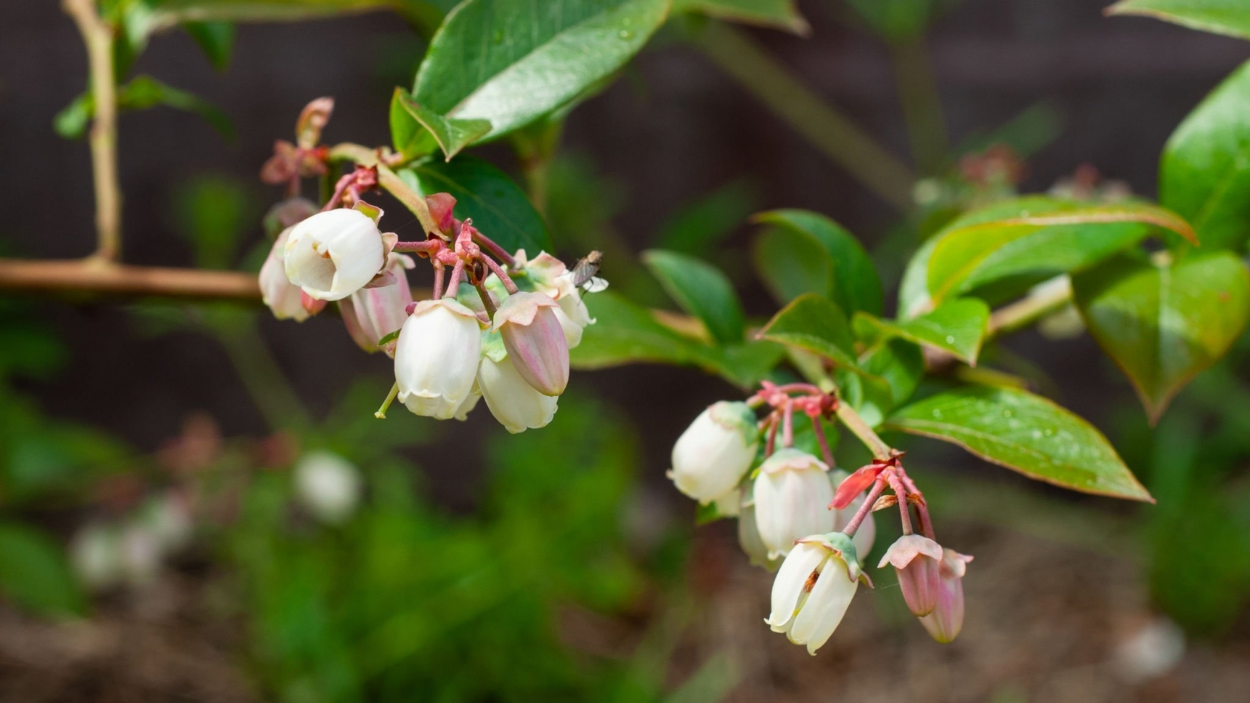When spinach begins to bolt, it can be disheartening as it signifies the end of its productive leafy stage. Understanding why spinach bolts are essential for effective management. Environmental factors such as increasing temperatures and longer daylight hours trigger the transition from leaf production to flowering. Additionally, plant maturity plays a role, as older spinach plants are more prone to bolting
Indications of Spinach Bolting
Identifying the signs of spinach bolting is crucial for gardeners to effectively address this natural process. One prominent indication is the elongation of the central stem, commonly referred to as the bolt. As spinach plants bolt, this stem experiences rapid growth, surpassing the size of the surrounding leaves. It becomes noticeably taller and can sometimes even shoot up a foot or more in a short period. This elongation of the central stem is a telltale sign that your spinach plant has entered the bolting phase.
In addition to the elongated bolt, changes in the leaves can also serve as indications of spinach bolting. As the plants divert their energy towards flowering and seed production, the leaves may undergo certain transformations. They tend to become tougher in texture and acquire a slightly bitter taste. The once tender and flavorful leaves may lose their desired characteristics, making them less desirable for consumption. Alongside these leaf changes, you may notice the emergence of flower buds or small flowering stems at the center of the plant. These buds will eventually blossom into delicate flowers, confirming the progression of bolting.
Spinach Varieties Resistant to Bolting
To prevent or mitigate bolting, you also need to consider the selection of seeds to maintain a stable yield for the garden.
Bolt-resistant spinach varieties are specifically bred to withstand the triggers that typically induce bolting.
These cultivars prioritize leaf production over flowering and seed formation, allowing for an extended harvest period and better leaf quality.
Choosing bolt-resistant spinach varieties reduces the risk of premature bolting and increases the productive lifespan of the plants.
Look for reputable seed suppliers or nurseries that offer certified cultivars with detailed information on bolt resistance traits.
Incorporating bolt-resistant spinach varieties into your garden ensures a more reliable and abundant spinach harvest.
These cultivars provide an effective strategy to overcome the challenges of bolting, offering a higher chance of success for spinach growers of all levels.
Achieving a Continuous Spinach Harvest through Strategic Crop Rotation
Strategic crop rotation is key to maintaining a steady supply of spinach throughout the growing season. By carefully timing the planting of spinach and implementing rotation with compatible crops, gardeners can optimize yield and promote soil health. Crop rotation involves systematically alternating spinach with different plant families in successive growing seasons.
Strategic timing of spinach plantings ensures that the soil is not depleted of specific nutrients or overrun by spinach-specific pests and diseases. By rotating spinach to different areas of the garden each year or on a scheduled rotation basis, the soil has an opportunity to replenish nutrients and regain balance, resulting in healthier spinach plants. This practice also helps break the life cycles of pests and diseases specifically targeting spinach, reducing their impact on future plantings.
Incorporating compatible crops into the rotation plan diversifies the garden and brings additional benefits. Different crops provide a variety of nutrient needs, reducing the risk of nutrient depletion in the soil. Moreover, crop rotation promotes beneficial insect populations, which can help control pests naturally and improve pollination. It also enhances soil structure and fertility, contributing to long-term garden health and sustainability.
Frequently Asked Questions
Q: What causes spinach to bolt prematurely?
Several factors can trigger spinach bolting. The most common ones include high temperatures, extended daylight hours (long days), fluctuations in temperature, water stress, and overcrowding. Genetic predisposition and certain spinach varieties can also influence the likelihood of bolting.
Q: How does temperature affect spinach bolting?
Spinach is sensitive to temperature changes. When exposed to prolonged periods of high temperatures, especially above 75°F (24°C), spinach plants tend to bolt more quickly. Fluctuations between warm days and cold nights can also contribute to bolting.
Q: Can I prevent the spinach from bolting?
While it may not be entirely preventable, there are measures you can take to minimize spinach bolting. Choosing bolt-resistant varieties, planting in cooler seasons or providing shade during hot periods, ensuring consistent watering, and practicing proper spacing are effective strategies to reduce the chances of premature bolting.
Q: Can I still harvest and consume bolted spinach?
While the leaves of bolted spinach can become tougher and develop a bitter taste, they are still edible. However, they may not be as tender and flavorful as non-bolted spinach. Harvesting the leaves promptly when bolting is detected can help retain better quality for culinary use.
Final Thought
By recognizing the signs of spinach bolting and implementing preventive strategies such as selecting bolt-resistant varieties, strategic timing of plantings, and practicing crop rotation, gardeners can effectively manage and minimize the occurrence of bolting. Despite not being entirely preventable, these measures offer the opportunity for a continuous and abundant harvest of fresh spinach. With knowledge and proactive gardening practices, you can navigate the challenges of spinach bolting and enjoy the satisfaction of a flourishing garden yielding nutritious and delicious spinach throughout the growing season.




